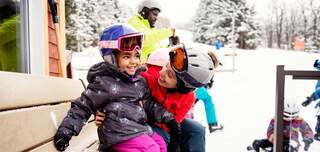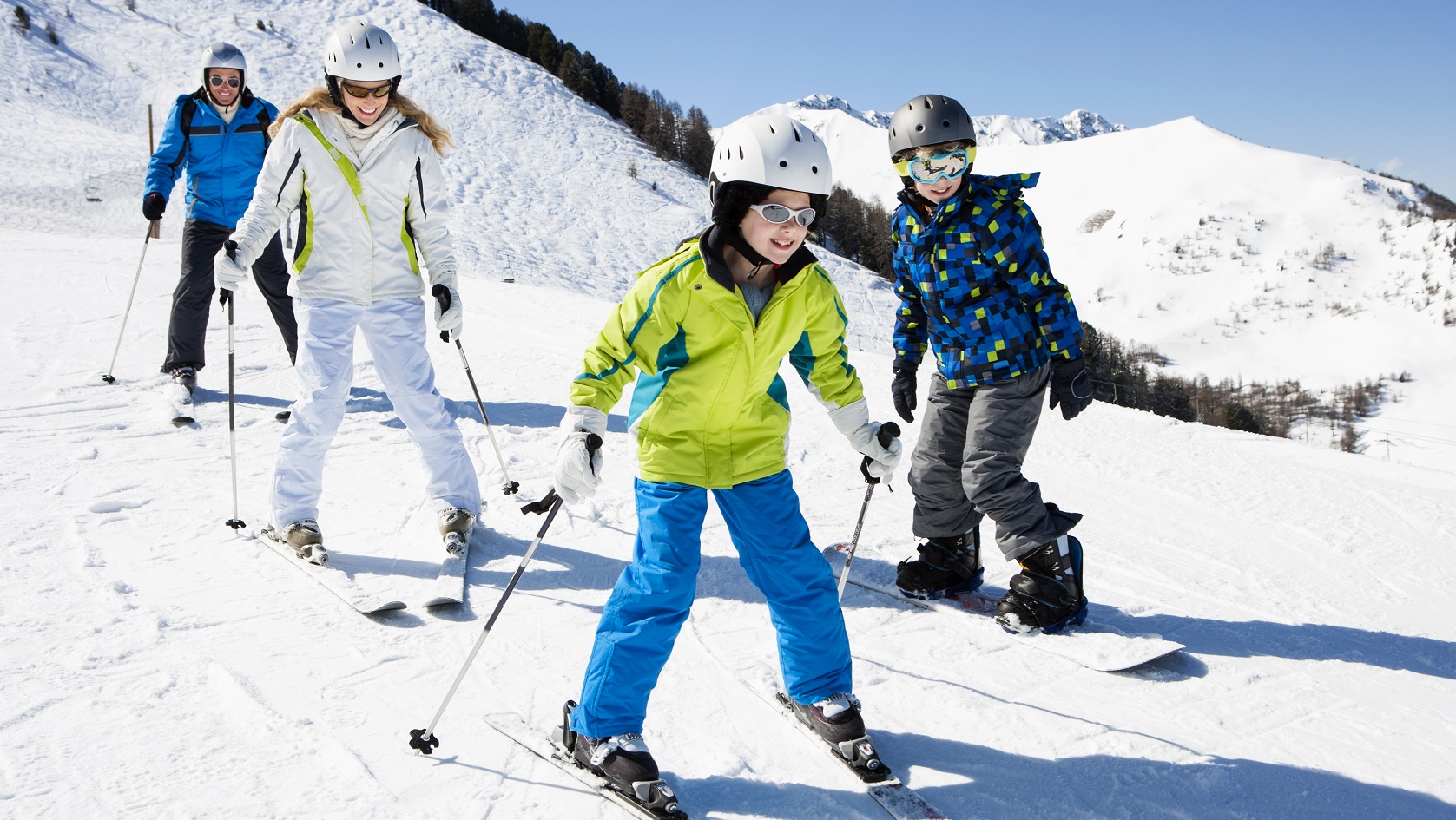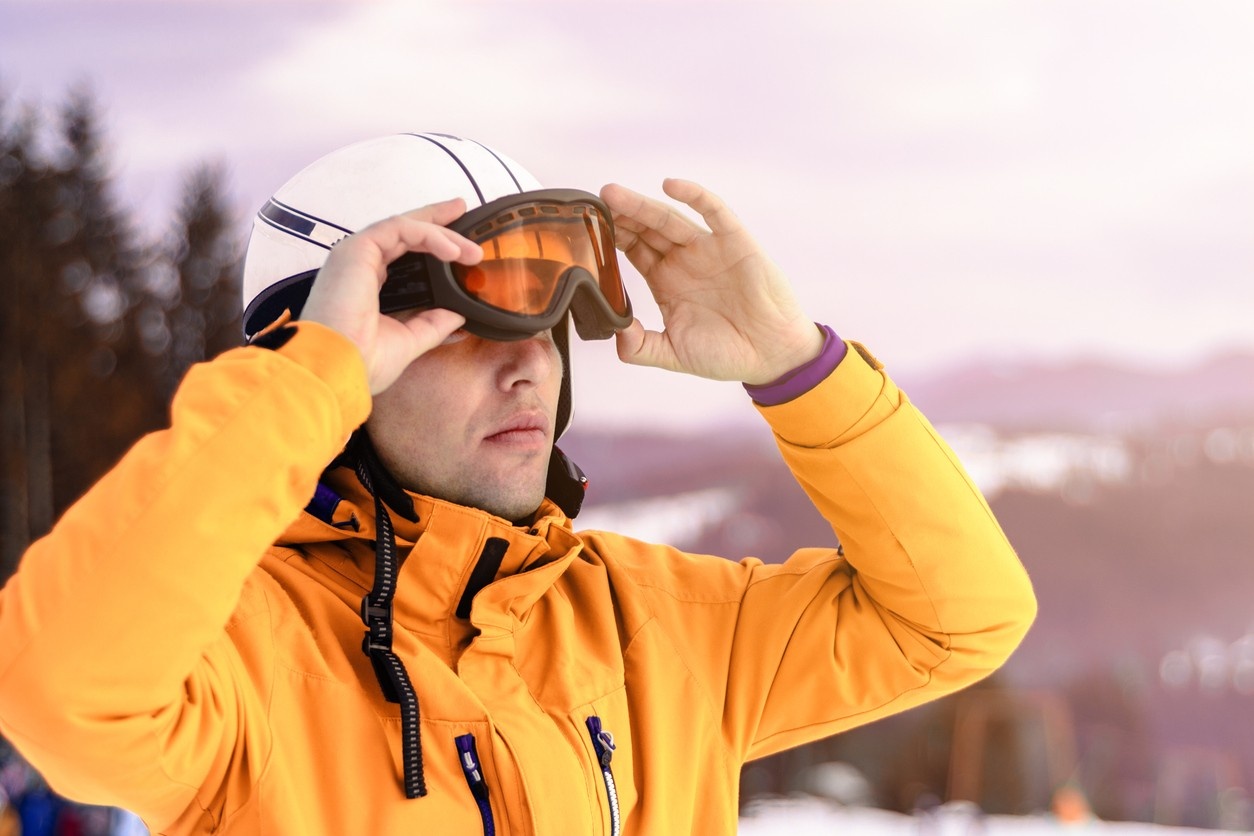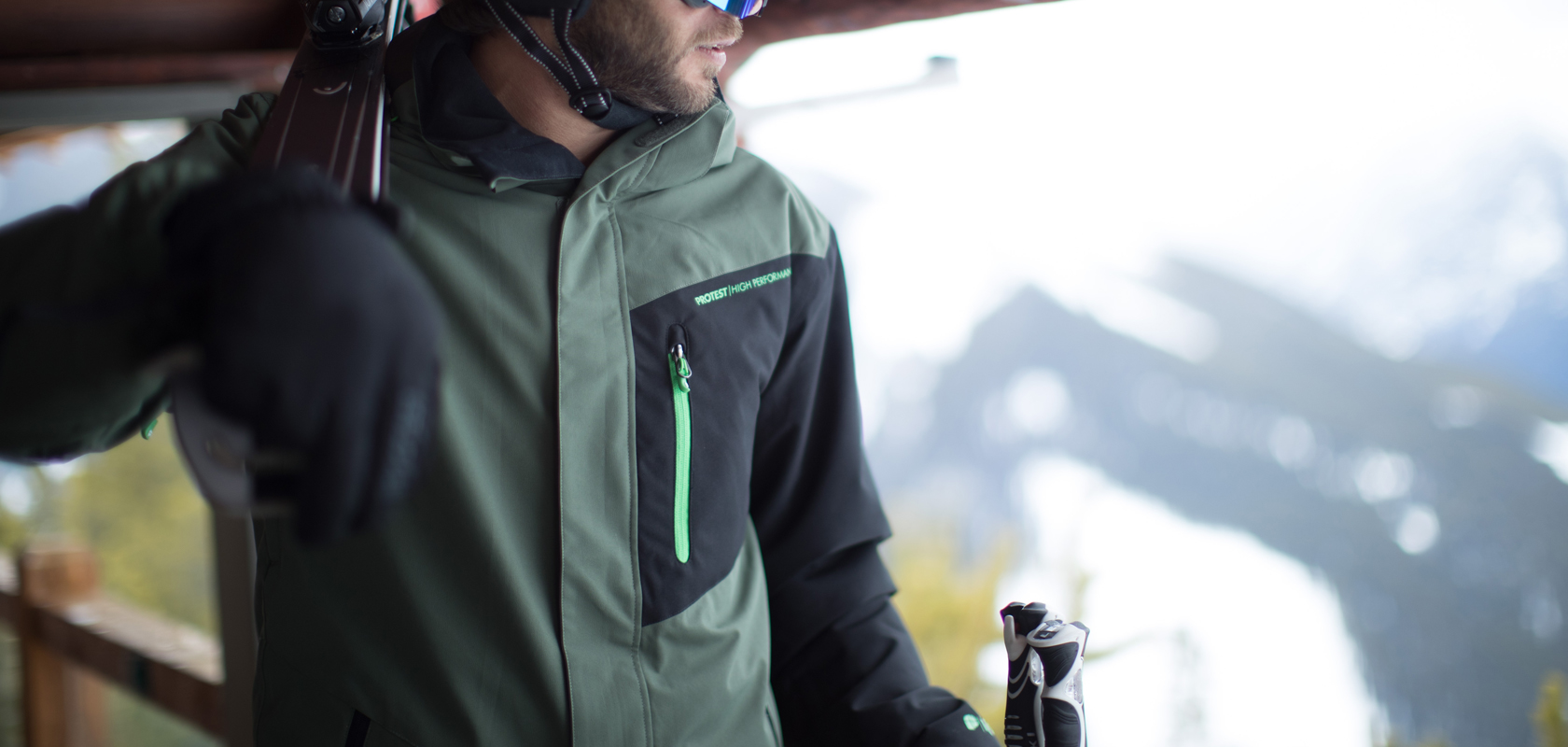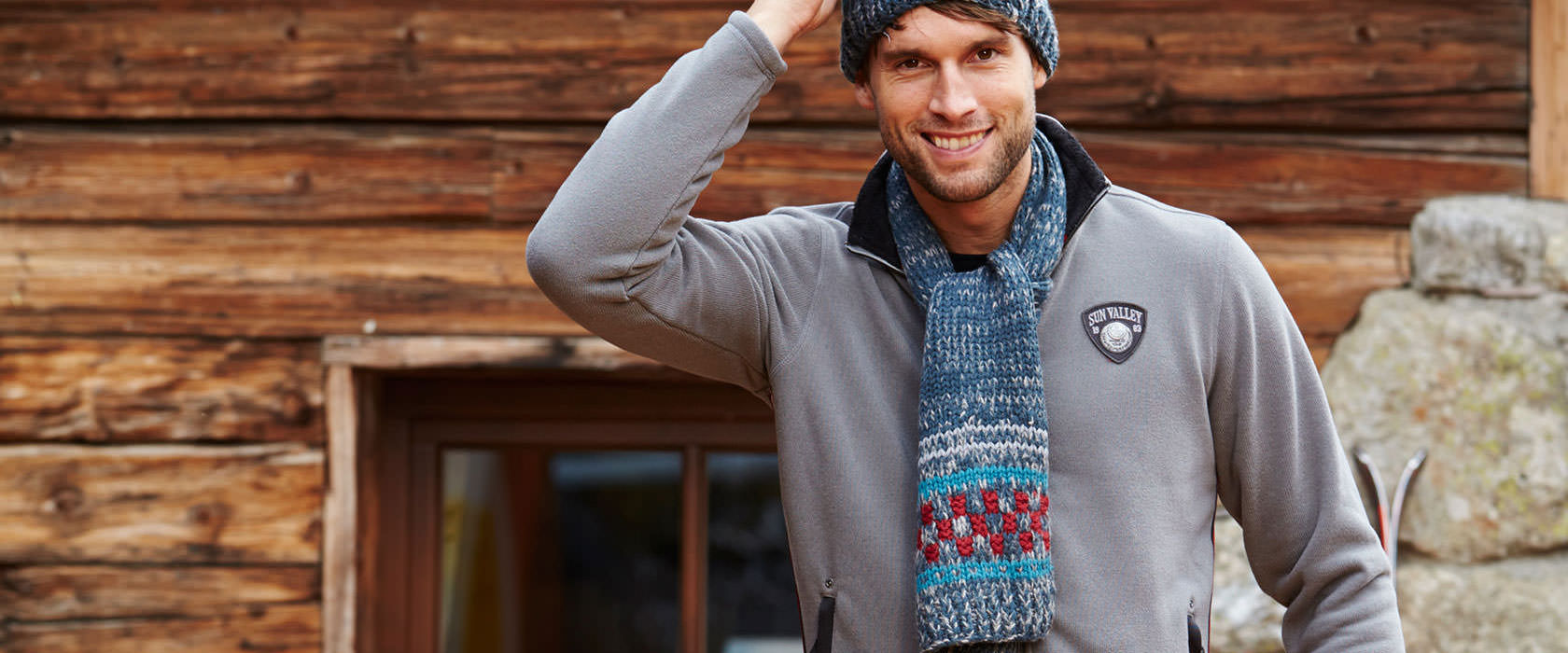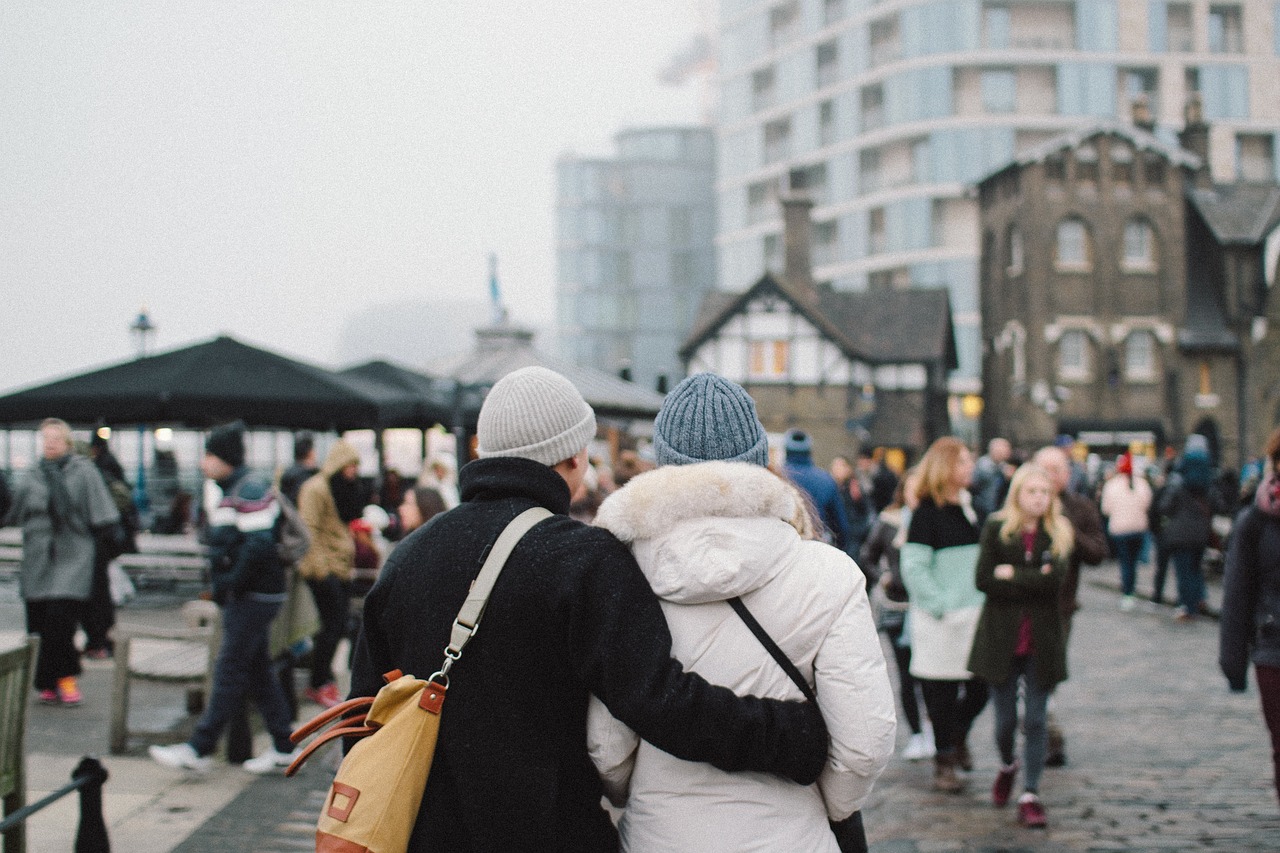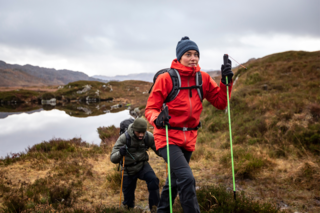For outdoor enthusiasts, snowsports holidays have all the ingredients for a perfect escape – stunning scenery, glistening slopes and fresh mountain air. The most important thing is to dress for it. You can plan your chalet, resort and activities down to a tee but if you neglect to research the right ski gear, your snowy dream could turn into a nightmare.
Seasoned ski bums and green run first-timers all share the same essential kit list. Don’t miss a thing with our head to toe guide on dressing for the elements.

